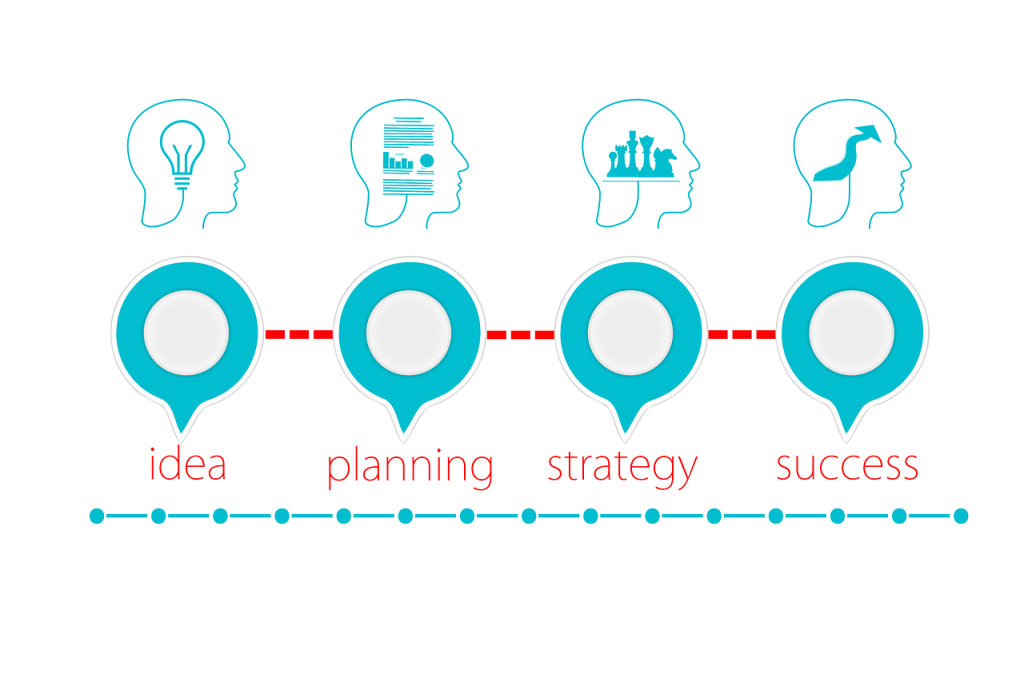Contrary to popular belief, the machine learning model that runs faster is not always the best choice. Users of ML tools need to make several decisions for the algorithm to operate correctly. How data should be handled, what ML features to use, what algorithms to use, how to tweak and improve models, and how to deploy them all these aspects may seem confusing for newcomers.
Starting with the model’s performance, let’s go over some of the other factors to take into account when choosing an autoML machine learning model.
Why is AutoML important?
Automated machine learning (AutoML) refers to the process of automating the creation of a machine learning model. It enables analysts and developers to construct machine learning models with great productivity and efficiency while preserving the model’s quality.
ML professionals should always carry out every stage of the model’s prototype. AutoML implementation streamlines the development process by generating the code required to create the working prototype. Furthermore, AutoML opens up AI development to more people who might need more knowledge to get a position in data science.
AutoML operations allow businesses with limited funds to invest in AI effectively. Although much remains to be done to fully automate ML procedures, businesses are developing tools that have great potential.
Things To Consider When Choosing a Machine Learning Model

Firstly, there are way too many different models and parameters, and it is impossible to try them all. However, there is a set of parameters one should take into account when selecting an AutoML model.
1. Performance
A key aspect to consider when selecting a model is the quality of the model’s performance. Prioritize algorithms that improve effectiveness.
There are several criteria that can be helpful in examining the model’s performance. For instance, some of the most well-liked metrics are accuracy and precision.
Remember that not all metrics are applicable in all circumstances. For example, accuracy is inappropriate when analyzing unequal data. Before selecting a model, it is essential to choose a reliable indicator (or combination of metrics) to assess the model’s performance.
2. Explainability

It is crucial to clarify the model’s outcomes. Sadly, many algorithms operate like black boxes, making it difficult to understand the outcomes, regardless of the model’s effectiveness.
Decision trees and linear regression might become suitable alternatives when explainability is a concern. Before choosing a reliable tool, it is essential to understand how easy it is to figure out the outcomes of a model.
3. Complexity
While a complicated model can uncover more intriguing patterns in the data, it will also be more challenging to maintain and analyze. Remember that greater complexity usually leads to better performance but has higher expenses. A successful project depends heavily on how much it will cost to construct and maintain a model. For the full product’s lifecycle, a comprehensive configuration will have a significant influence.
4. Dataset size
One of the most important aspects to take into account when selecting the ML model is the number of training data available. Neural networks are capable of effectively processing and combining different types of data.
Beyond the quantity of information available, another relevant question is how much information is required to produce positive outcomes. At times, building a robust solution may require as few as 100 training examples, while at other times, as many as 10,000 may be necessary.
5. Dimensionality
The Curse of Dimensionality is a fantastic example of how dimensionality affects a model’s functionality.
It’s worth considering dimensionality from two angles: The vertical size of a dataset indicates the amount of data available. The horizontal size indicates the number of characteristics.
We’ve already spoken about how the vertical dimension influences choosing a decent model. Also, consider the horizontal dimension: your model will demonstrate better results if it has more parameters set. Thus, your model becomes more detailed and effective.
Only some models scale equally well with high-dimensional sets of data. As high-dimensional datasets become challenging, you could also need to incorporate specialized dimensionality reduction algorithms. PCA is one of the most widely used algorithms for this goal.
6. Training time and cost
How much will a training model cost, and how long will it take to be trained? It might be tough to choose between a 98%-accurate model that costs $100,000 to train or a 97%-accurate model that costs $10,000.
Naturally, the answer to this question depends on your particular situation. Long training periods are unaffordable for models needing to instantly absorb new information. A recommendation system that requires regular updates in response to user activity benefits from an affordable training cycle. Finding a balance between time, money, and performance is critical when creating a scalable solution.
7. Inference time
How long does it take for the ML model to make a prediction based on a recent data analysis? The majority of the computing required to create forecasts occurs during inference time. As a result, operating costs are higher. A decision tree, on the other hand, will take longer to train and be lighter during inference time.
Final words
Processing complex data and streamlining the process of creating new features is challenging for AutoML technology. Because of this, the identification of important features continues to be a key component of the model learning process. Modern AutoML automates the entire process of applying AI to verifiable problems. A well-improved model capable of generating forecasts can facilitate the quick and effective automation of a wide range of intermediate-level advancements.
































































